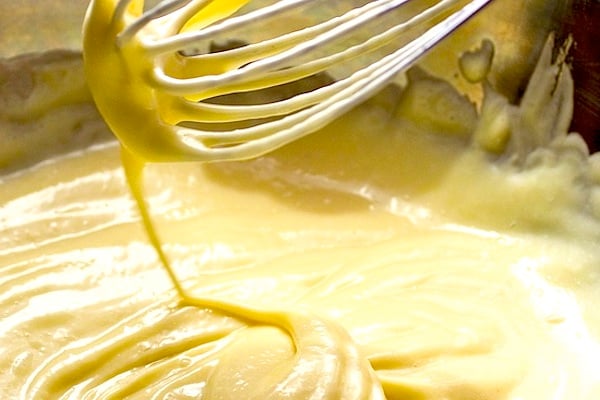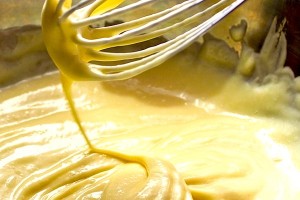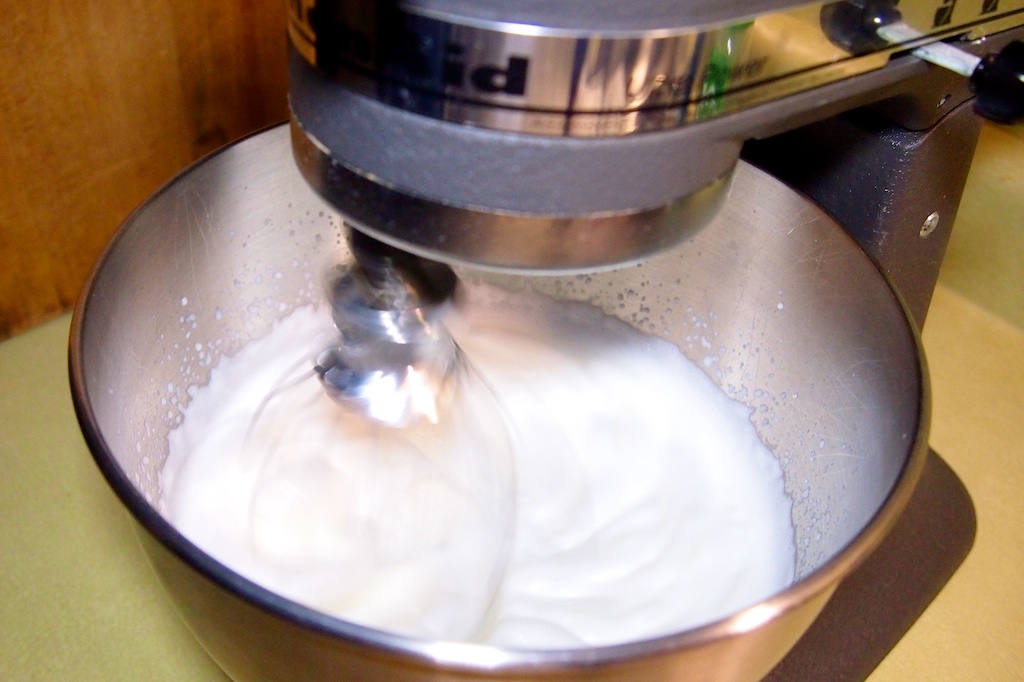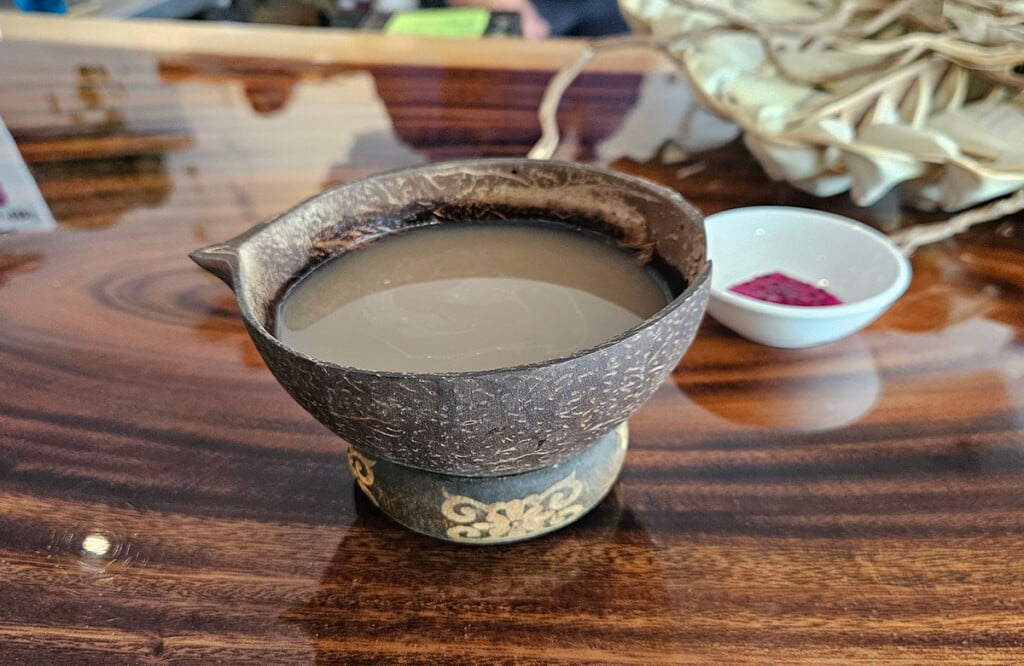Kitchen tips: Avoid unwhisking

 Okay, it’s time for a lesson in fluid dynamics or the science of fluids (both liquids and gases) in motion.
Okay, it’s time for a lesson in fluid dynamics or the science of fluids (both liquids and gases) in motion.
While visiting the culinary program at Kapiolani Community College to get some behind-the-scenes coverage of preparations for the annual Ho’okipa fundraiser, I came across a student furiously whisking a bowl over a double boiler, attempting to make a sabayon. After a few minutes, he pushed the bowl away in frustration.
He told me it was his second attempt, but he didn’t want to ask the instructor for help out of fear that it would affect his lab grade.
I watched him start his third try, and about five minutes into his work, I saw his mistake and told him to stop un-whisking his sauce. He looked at me curiously, so I explained that when he held the whisk in his right hand, he was stirring in the correct clockwise direction. But when his arm would get tired, he would switch hands, then whisk in a counter-clockwise direction. As a result, he was whisking and then un-whisking his sauce.
 This prevented his sabayon from gaining adequate aeration and subsequent volume, leaving it to curdle in the bowl. I explained that that is the reason why all mixers rotate in a clockwise direction while moving counter-clockwise in the bowl.
This prevented his sabayon from gaining adequate aeration and subsequent volume, leaving it to curdle in the bowl. I explained that that is the reason why all mixers rotate in a clockwise direction while moving counter-clockwise in the bowl.
This is where fluid dynamics comes in. The reason why cooks and bakers have to whisk in a clockwise direction is because of the Coriolis effect.
As the Earth turns around its axis, everything attached to it turns with it (imperceptibly to our senses). However fluid molecules like liquids and gases, which are not directly connected to the Earth can be acted upon by outside forces, in the this case, the whisk. If put into motion and not acted upon by an outside force, these molecules will rotate in a direction such that the Coriolis force will be directed radially inwards, and balanced by the outwardly radial pressure (centrifugal force). This direction is clockwise in the Northern Hemisphere and counter-clockwise in the Southern Hemisphere, which is the reason why water drains in the direction that it does. This is also why storms in the Northern Hemisphere spin clockwise and counter-clockwise in the Southern Hemisphere.
Here’s an example.
As you may have guessed by now, mixers in the Southern Hemisphere do spin in a counter-clockwise direction because of the Coriolis effect, which now that I think about it means that the Kitchen Aid mixer Juan, the Argentinian cook I worked with in Michigan, bought and took back to Argentina is probably as useful as square rolling pin.
In terms of cooking, fluid molecules are prone to moving in the direction dictated by the Coriolis effect. It is possible to force them to move in the opposite direction, but as the culinary student in the above example discovered, trying to counter act this natural motion can be detrimental to your recipe. By whisking in a clockwise (or counter-clockwise if you are in the Southern Hemisphere), you are working with the Coriolis effect.
However, this does not mean that you can’t make a sabayon or hollandaise or anything else by stirring in a counter-clockwise direction because everything in this post is false and you just fell for a classic culinary school prank.
Happy April Fools’ Day!
Also, if anyone is interested, I have a surplus of dough repair kits for sale for when you accidentally tear your dough.









